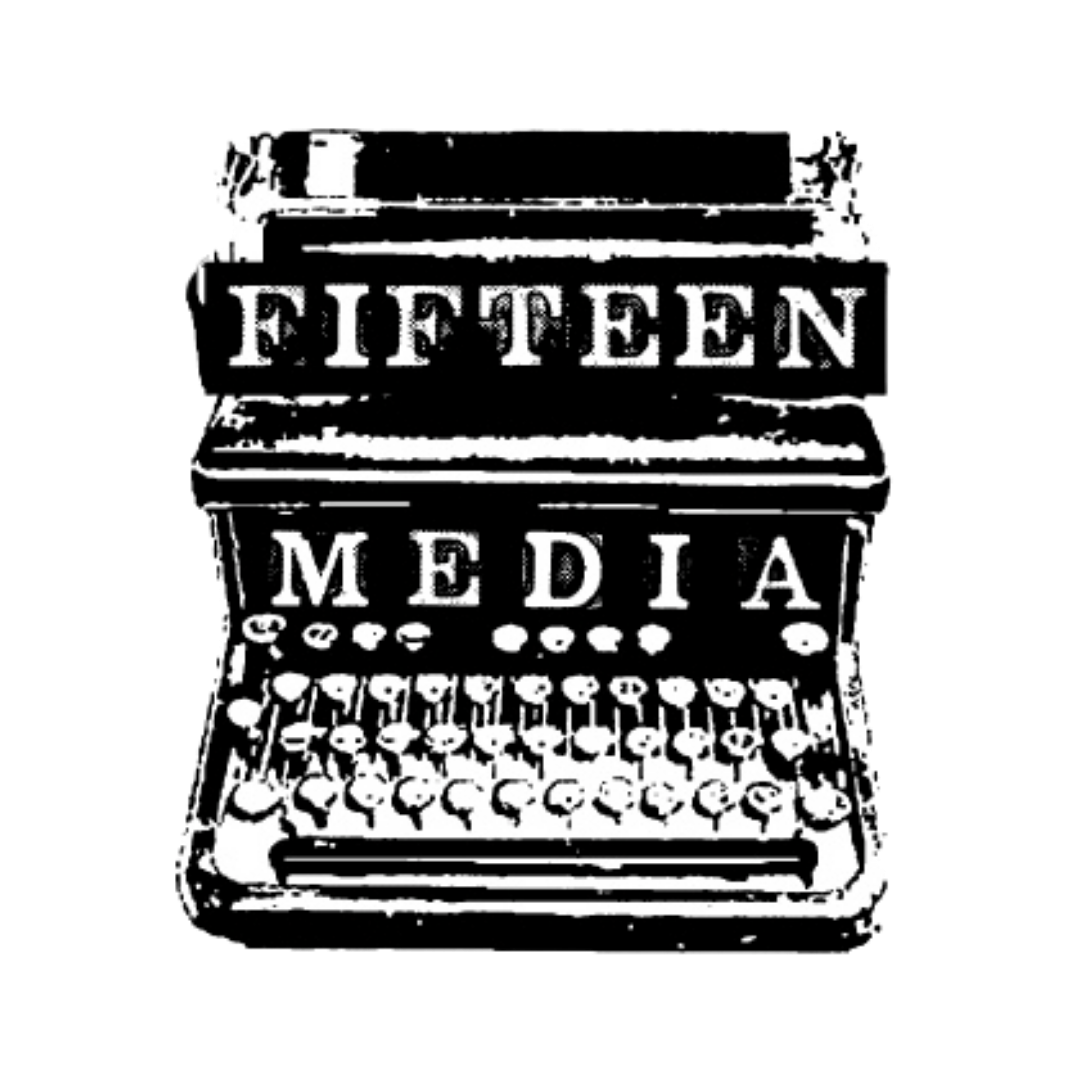6 Elements to Create an Attention-Grabbing Press Kit
Press kits are a snapshot of your company. It should have all the basic information about your business, be designed nicely, and live on your website so it’s easy to get to.
All of this makes it easy for the media to access your information, which should help you earn more media attention.
But if you’re not including the right information, your press kit may not grab as much attention as you like.
In this blog, I’m going to cover the six basic elements of an attention-grabbing press kit so you know it’s out there working for you.
Why do a press kit?
Press kits are not necessary, but there are definitely a nice-to-have. A press kit is going to:
Make it easier for the media to learn about you
Keep you from answering the same basic questions over and over
Save you time when the media needs an answer now
Plus, a press kit is a great way to sell yourself to the media. It’s an opportunity to explain why it’s good for them to write about you. That might be shared values, your cool story, or even a big social media following to read their article.
I would say, it’s more important to get the pitch out before you spend time on a press kit. But once you start getting media attention, you should start thinking about creating a press kit to keep up the momentum.
What’s inside a Business’ Press Kit
If I can save you from staring at a blank page and a blinking cursor, then I’ve done my job. Start by collecting these six essential pieces of information for your press kit.
1. Information about your business
Tell them what your business is about.
What do you sell?
What makes it different?
Who do you serve?
Where are you located?
Include the basic biographical information about your business and your hook. Show them why your business is interesting and media worthy.
You’ll also want to include a few images of your products and/or on-brand imagery. Images help convey more about your brand with less words.
2. Information about you
Founder’s stories are incredibly powerful in PR. Make sure you have a short paragraph or two explaining your own background, how it inspired your business, and why you do what you do.
Personal details are okay too, but in moderation. Instead of approaching this part like writing your complete biography, it’s better to stick to just the highlights of how you got to where you are.
Some of the best founder bios center on how a personal experience was the catalyst for the founder to solve an important problem. If you want to go this route, remember to explain:
How you personally experienced the problem
That it’s a problem for more people than just you
Why your solution is unique to your experience
3. Talking points & topics
Lay out your expertise so the media knows exactly what they can call on you for. Your talking points and topics should include a mix of evergreen topics where you shine and topics that are relevant to what is going on in the news.
To do this the right way, I recommend updating your press kit every so often to make sure your talking points remain current.
If this were for a pitch, I would say keep each talking point and topic super short and bullet your list. But since you have a little more room to play with, go ahead and have your bullet point and add a sentence or two to describe why you are the person to talk to about this subject.
4. Press placements
As you start earning media placements, keep track of where you and your brand have been published and use this information in your press kit. And if any of your media placements include video or audio, be sure to include links so they can see/hear you in action.
You may have heard of the term “social proof” before. Social proof is when a customer will trust your company more because they can see that a lot of other people have already purchased from you. This is why you’ll see websites that say something like, “1,000,000 sold!”
Now apply this concept to the media.
When a reporter sees that you have been featured in other publications—that you are getting some traction—they’ll be more likely to jump on the bandwagon of your success.
5. # of followers
Speaking of social proof, don’t forget to add your social proof to your press kit!
This is another area you will want to update on a regular basis. As your community grows, so will your influence. At the end of the day, reporters need to have their work read. So if you can give them an automatic audience, they’ll have even more reason to write about you.
Social proof starts with your social media numbers, but you can get creative. If you want to share how many are on your email list, how many customers you have, how many units you’ve sold, do it!
6. Links, links, links
Link to your website, your store (if it’s different), all your active social media channels, other places you’ve been featured in the media, and anywhere else a reporter can learn more about you and your brand.
Don’t expect them to find this information on their own. You should make it as easy as possible for them to research your brand.
If the URLs are tidy, it’s fine to write them out but it’s more important to include a hyperlink. It’s all about reducing friction points so that getting media attention is as easy and smooth as possible.
To learn more about press kits and other PR tips, be sure to sign up for my email list.
